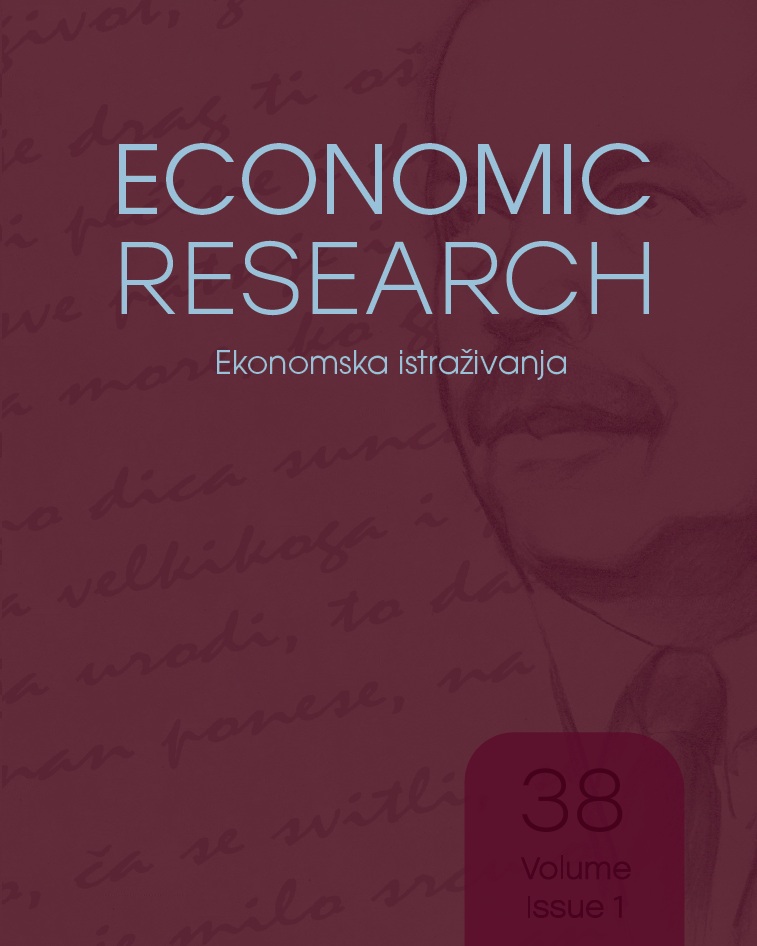Exploring Thai Airports Users’ Expectations and Perceptions Based on Service Quality Indicators Using Classification and Regression Tree Approaches
Keywords:
Thai Airports, Service Indicators, Decision Tree, Variables Importance, Strategic ManagementAbstract
Objective: The primary objective of this research is to develop a model that can identify the significance of variables impacting the expectations and perceptions of service users at Thai airports. This investigation specifically focuses on the indicators of service quality. Methodology: The Classification and Regression Trees (CART) method. Two distinct models were constructed: (1) a model analyzing airport user expectations, and (2) a model assessing the perceived service quality by airport users. The target variable for both models was airport passenger satisfaction.
Findings: The analysis of the airport service user expectation model unveiled that the most crucial factor impacting customer satisfaction is the adequacy of parking spaces. Conversely, the perception model demonstrated that customer satisfaction is primarily influenced by the politeness and assistance provided by airport inspectors.
Conclusion: The results derived from this study can provide valuable insights to airport regulators, aiding their comprehension of user requirements in terms of both expectations and perceptions. By understanding these needs, airport authorities can work towards satisfying them effectively.
Implications: The findings of this research have several implications for airport authorities. They can utilize the guidelines and recommendations proposed in this study to enhance airport facilities and processes, ultimately improving passenger
satisfaction.
Downloads
Published
Issue
Section
License
Copyright (c) 2025 Economic research - Ekonomska istraživanja

This work is licensed under a Creative Commons Attribution-NonCommercial 4.0 International License.
This work is licensed under CC BY-NC 4.0. To view a copy of this license, visit https://creativecommons.org/licenses/by-nc/4.0/





